A fast-growing, scrambling plant, this cissus can cover large areas of trellis with its bright green, healthy-looking leaves and is useful as a screen or room divider.
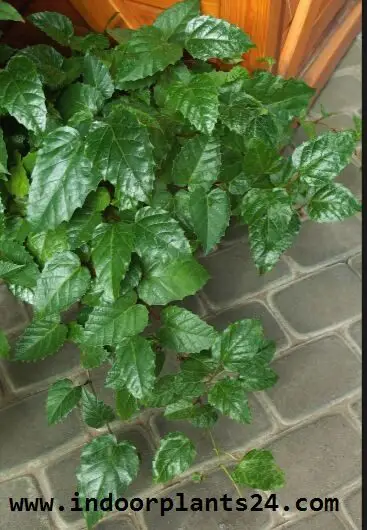
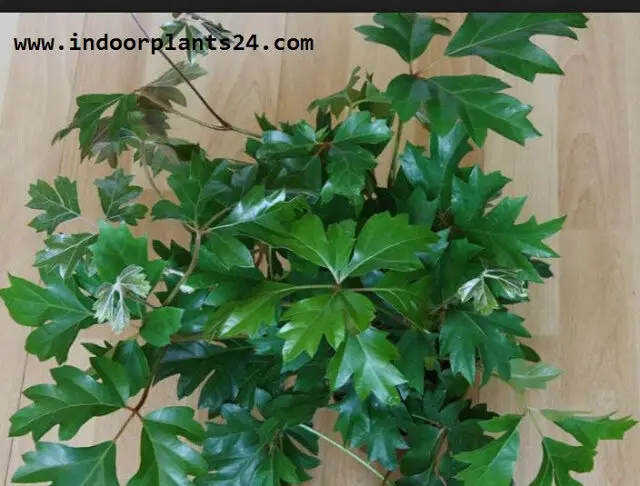
The pointed, oval leaves are shiny, with toothed edges, and are carried on tough stems that climb upward and outward rapidly, clinging to any support by means of curling tendrils.
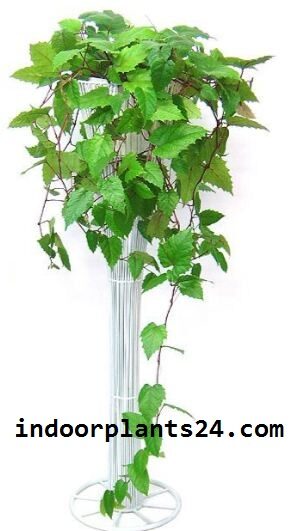
Cissus antarctica can also be grown in hanging baskets and allowed to trail. C.a. ‘Minima’ is probably best for this, since it has a more spreading growth habit. These plants are suitable for a wide range of conditions and are popular because of their adaptability.
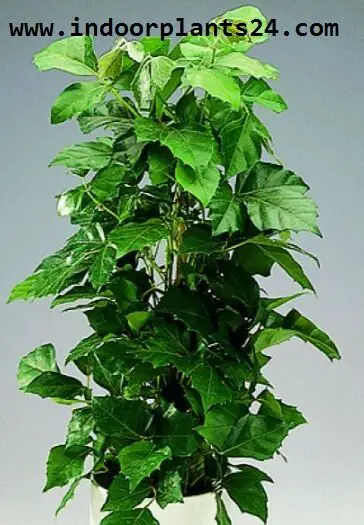
FACT FILE
ORIGIN Australia.
HEIGHT To 10ft/3m.
POTTING MIX Soil- or peat-moss-based.
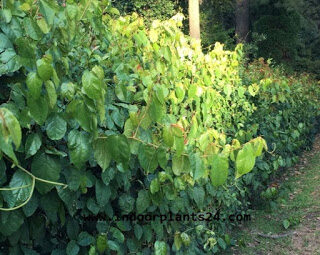
PROPAGATION Take young tip cuttings in spring and early summer; strip off the lower leaves, dip in hormone rooting powder, insert into a mixture of peat and sand, and enclose the pot in a plastic bag. Roots should form within 6-8 weeks.
REPOTTING In spring, when roots have filled the pot.KEEPING PLANTS Pinch shoot tips back to keep plants within bounds; if they become bare at the base, cut them well back in spring.
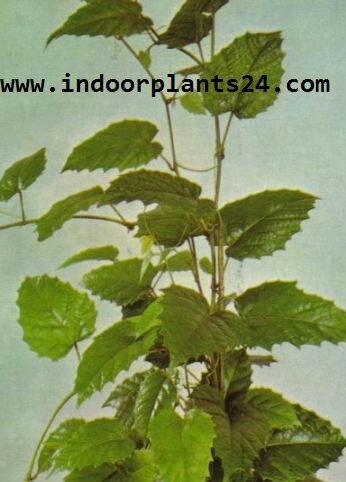
ClSSUS ANTARCTICA Vitadacae KANGAROO VINE PLANT CARE
- Ideally, bright light but no direct sun, but the plant will adapt to a wide range of light conditions.
- Cool conditions, with a minimum of 45°-50°F/7°-10°C in winter.
- Keep the soil moist throughout the growing season; allow the surface to dry out between waterings in winter.
- Liquid-feed every 10-14 days in spring and summer.
- Provide a suitable support’ before stems become tangled or misshapen.
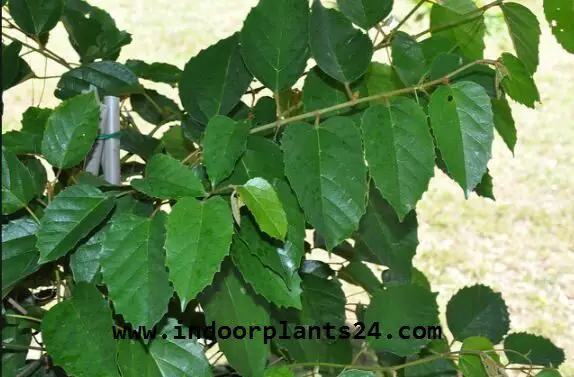
ALSO RECOMMENDED INFORMATION AND TIPS FOR THE PLANT ClSSUS ANTARCTICA Vitadacae KANGAROO VINE
Cissus rhombifolia (often sold as Rhoicissus rhomboided), the grape ivy, has leaves that are a deep green, although young shoots are covered in fine hairs, which gives them a silvery appearance. Tendrils are forked at the tips.
The variety ‘Ellen Danica’ has attractively lobed leaflets.Cissus discolor is much more unusual, and more difficult to grow.
The velvety, spear-shaped leaves are marked with silver and pink in a similar fashion to those of Begonia rex. This plant needs warm conditions and high humidity to do well.
Cissus rhombifolia’Ellen Danica,’a quick-growing grape ivy, has handsome, glossy three-lobed leaves and is an excellent plant for a hanging basket or for growing up a trellis to form a room divider.
Train the plant up a trellis, netting, or pole covered with moss. Make sure supports are firmly anchored, since the weight of the foliage on well-grown plants can easily cause them to topple over.
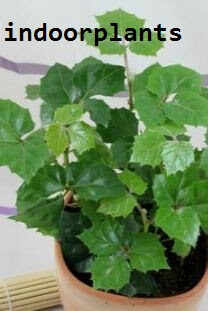
Cissus needs good light, but be protected from direct which causes scorch marks on the leaves. The plant will tolerate light shade..
Aphids often attack young shoots. Inspect them regularly during spring and early summer and treat with a contact insecticide if the pests are present.
Mist the foliage regularly to keep it healthy. Brown leaf tips indicate that the atmosphere is too dry.
